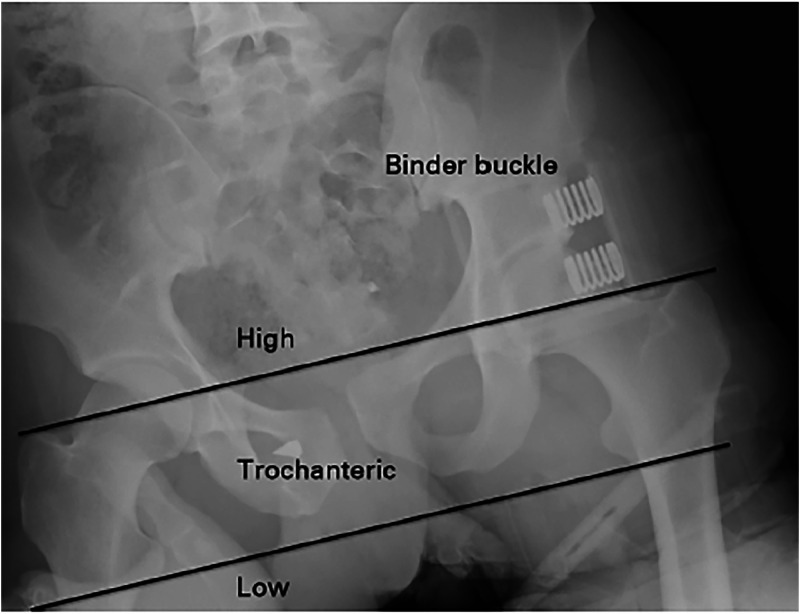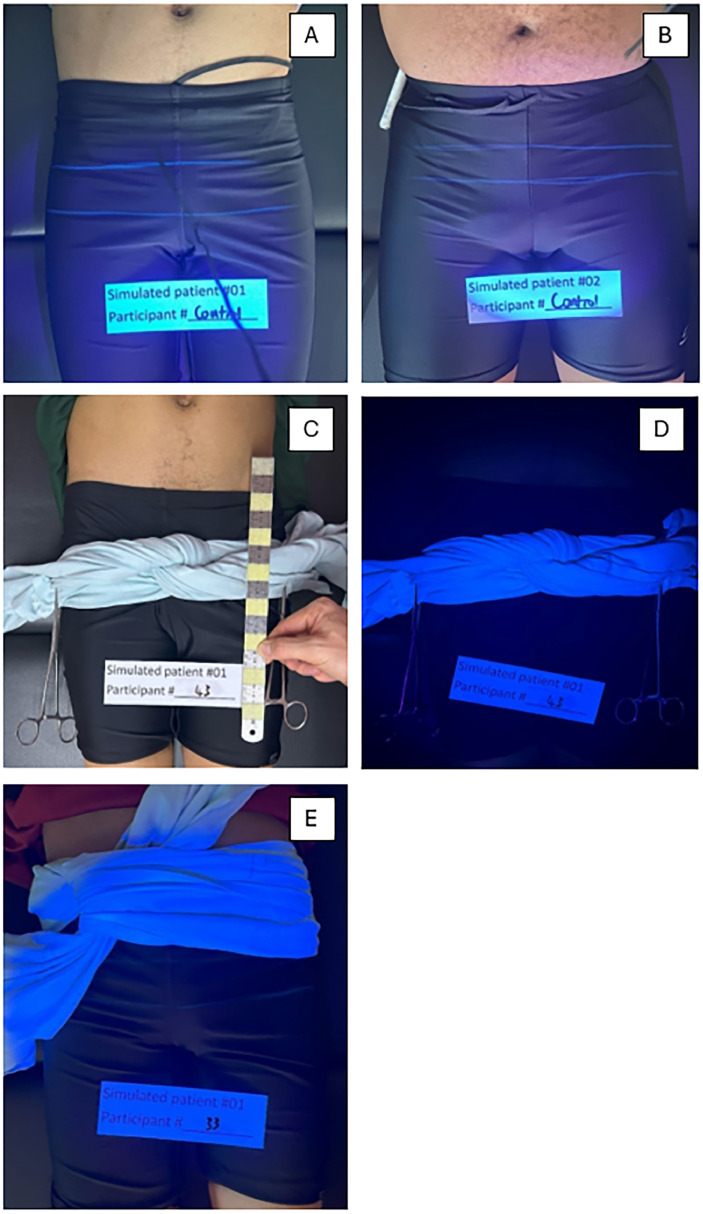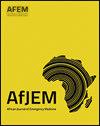骨盆片夹:医生是否将其放置在正确的位置?
IF 1.2
4区 医学
Q3 EMERGENCY MEDICINE
引用次数: 0
摘要
不稳定骨盆骨折会导致大量出血、发病率和死亡率。市售骨盆环向压缩装置(PCCDs)用于这些病例的初始复苏和管理。在南部非洲的创伤负担,资源有限的设置,可用的替代品是骨盆片粘合剂(PSB)。为了获得最佳效果,应在大转子(gt)放置。先前的研究表明,从业者在他们的位置是不准确的。本研究旨在描述医生放置psb的情况及影响放置的因素。方法:这是一项多中心、前瞻性、观察性、基于模拟的研究。在约翰内斯堡急诊科(ed)和创伤急诊科(teu)工作的医生被要求将PSB放在两个身体质量指数(BMI)不同的健康男性模型上,作为模拟患者(SPs)。结果基于PSB相对于gt的位置,使用紫外线笔标记,并在紫外线下拍照。还收集了关于放置技术以及从业者因素的数据,以调查其对准确性的影响。结果:147/176(83.5%)的psb放置正确(转子)。在正常BMI SP组中,71/88(81%)正确,而在增加BMI SP组中,76/88(86%)正确。BMI似乎不影响放置的准确性。与准确放置有统计学显著相关的从业者因素包括:在TEU工作,工作经验≥6年,初级急救文凭(南非急诊医学学院DipPEC),放置PSB的所有方法和检查发现gt的方法。结论:psb放置的总体正确率为83.5%。额外的研究生培训(DipPEC)和工作经验提高了安置的准确性。这项研究强调了额外创伤训练的重要性和未来可能研究的领域,如最佳粘结剂宽度和固定psb的方法。本文章由计算机程序翻译,如有差异,请以英文原文为准。


Pelvic sheet binders: Are doctors placing them in the correct position?
Introduction
Unstable pelvic fractures cause significant bleeding, morbidity, and mortality. Commercially available Pelvic Circumferential Compression Devices (PCCDs) are used in the initial resuscitation and management of these cases. In the trauma-burdened, resource limited setting of Southern Africa, the available alternative is a pelvic sheet binder (PSB). For optimal results placement should be at the greater trochanters (GTs). Prior studies have shown that practitioners are inaccurate in their placement. This study aimed to describe placement of PSBs by doctors and factors influencing placement.
Methods
This was a multicentre, prospective, observational, simulation-based study. Doctors working in Emergency Departments (EDs) and Trauma Emergency Units (TEUs) in Johannesburg were asked to place a PSB on two healthy male models of differing body mass index (BMI), as simulated patients (SPs). Outcomes were based on PSB position relative to the GTs, marked using an ultraviolet pen, and photographed under ultraviolet light. Data on techniques of placement, as well as practitioner factors, were also collected to investigate their influence on accuracy.
Results
In this study 147/176 (83.5 %) of the PSBs placed were correct (trochanteric). Of those placed on the normal BMI SP 71/88 (81 %) were correct and 76/88 (86 %) of those on the increased BMI SP. BMI did not appear to influence accuracy of placement. Practitioner factors that had statistically significant association with accurate placement included the following: Working in the TEU, work experience of ≥6 years, a diploma in primary emergency care (DipPEC, College of emergency medicine, South Africa), all methods of placing the PSB and inspecting to find the GTs.
Conclusion
The overall accuracy of PSBs placement was high (83.5 %). Additional postgraduate training (DipPEC) and work experience improved placement accuracy. This study highlighted the importance of additional trauma training and areas of possible future research, such as optimal binder width and method of securing PSBs.
求助全文
通过发布文献求助,成功后即可免费获取论文全文。
去求助
来源期刊

African Journal of Emergency Medicine
EMERGENCY MEDICINE-
CiteScore
2.40
自引率
7.70%
发文量
78
审稿时长
85 days
 求助内容:
求助内容: 应助结果提醒方式:
应助结果提醒方式:


